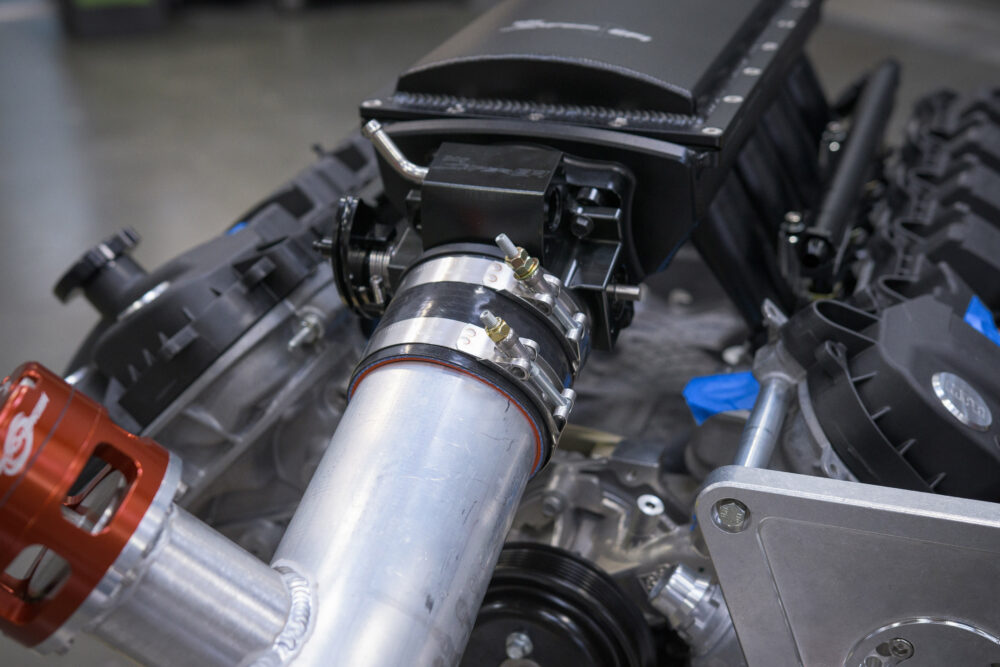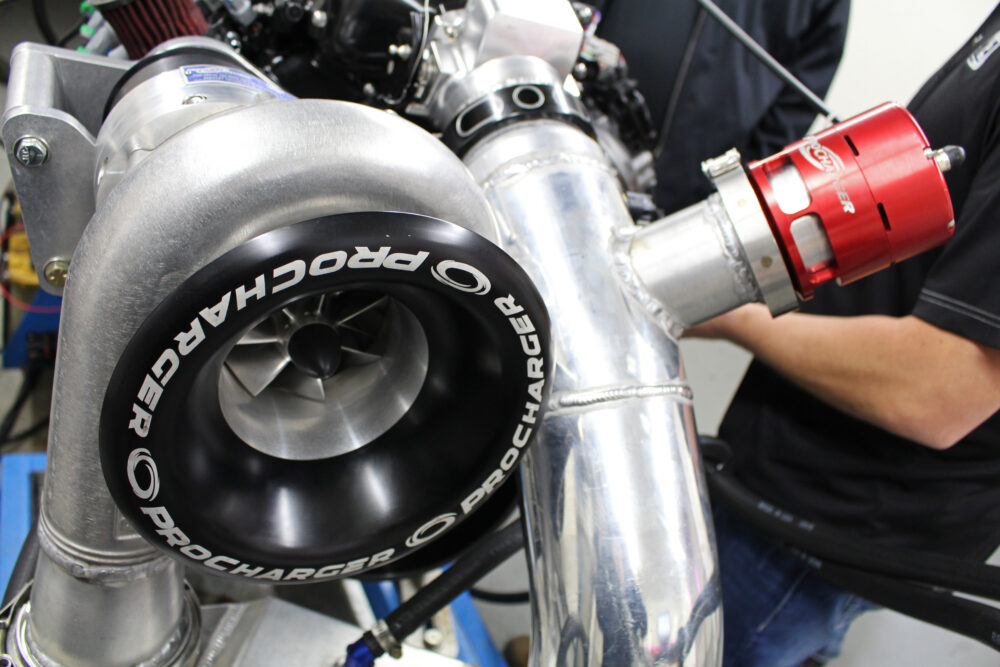LS Destroys Identical Coyote Build in Dollar-For-Dollar Dyno Shootout
LSX Magazine levels the playing field between the LS and Coyote to finally determine a clear winner.
Today, the battle of Ford versus Chevy rages on just as hot and heavy as it has for the last several decades. But instead of pitting the 350 versus the 302 or 327 versus 289, we’ve moved on to a very different pair of contenders. On one side, the mighty LS and its old school pushrod technology. On the other side, Ford’s Coyote engine with dual overhead cams and now dual-injection. It’s a fascinating battle, for sure, but declaring an clear overall winner isn’t easy.
Why is that, you ask? Well, rarely do we see these engines built in similar fashion. Some builds are done on strict budgets, others with unlimited cash. And things like power adders, vehicle weight, transmissions, tires, etc. play a big role in how we measure things. Which is exactly why LSX Magazine set out to level the playing field to finally determine which engine is superior in their LS vs Coyote shootout.
The rules of this competition were rather simple. LSX had Late Model Engines and MPR Racing Engines each build an engine, then ship them off to Westech Performance Group in Mira Loma, California to strap them on the dyno. Each builder had exactly $15k to spend based on current Summit Racing prices. The only things not included in that budget were basic machining, superchargers, injectors, and electronics.
ALSO SEE: Bugatti Chiron Driven: 1,500 Horsepower of Engineering Excellence
Each engine also had to utilize functioning hydraulic roller valvetrains and run on VP Racing Fuels’ C85. Both engines were tuned using a Holley Dominator ECU by Redline Motorsports. And contestants were allowed to use any ProCharger with a max 12-rib serpentine belt drive. The winner was determined using peak horsepower and torque, average horsepower, and horsepower per cubic-inch.
In the end, both engines impressed, yet both also failed. The Coyote lost its timing chain on the dyno, the LS blew out its head bolts. But that’s to be expected with “budget” builds, we suppose. Both engine builders believe each had a lot more left in it, but we can only go by the actual results.
And those were clearly in the LS engine’s favor. The GM mill put down a best of 1,784.6 hp and 1,422.6 lb-ft compared to the Coyote’s 1,307.0 hp and 903.1 lb-ft. And the LS dominated average hp as well – 1,463 vs 957.16. The only win for the smaller Coyote came in hp per cubic inch, which it edged out the LS with a 4.3013 versus 4.1730.
This isn’t quite the end, however. LSX Mag is shipping both engines back to the builders so they can address the failure points in each. Both will also switch to F-1A-94 head units and cog belts to prevent belt slip. That’ll eliminate any excuses, for sure. But ultimately, we don’t think it’ll affect the final results one bit.
Photos: LSX Magazine




